CORE TECHNOLOGY
- HOME
- CORE TECHNOLOGY
- Constructed Wetland
Constructed Wetland
Constructed Wetland


Wetland refers to an area where soil is flooded or water exists near the surface and surface of the soil for a certain period of time,
It is classified into natural wetlands where an ecological environment is created naturally and constructed wetlands created artificially according to the construction plan.
Natural Wetland

Constructed Wetland

Types of Constructed Wetlands.
Surface Flow Wetland
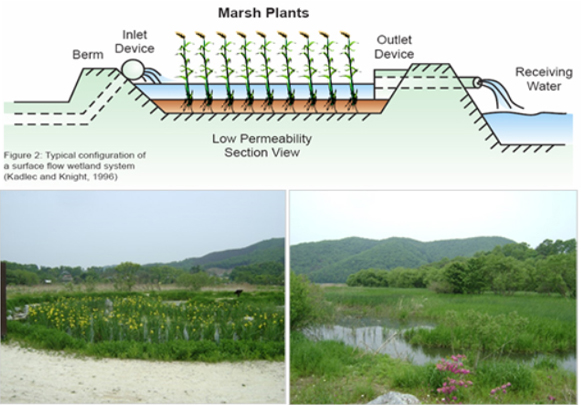
Subsurface Flow Wetland
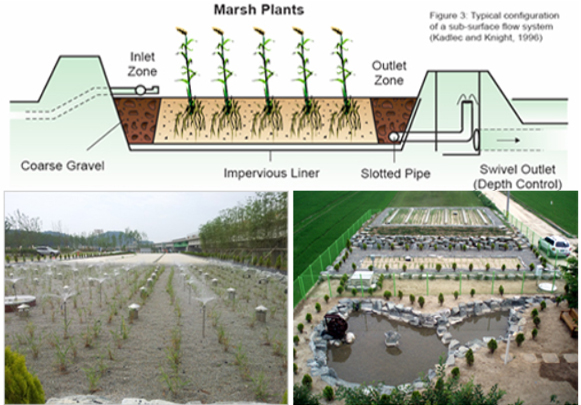
Surface Flow Wetland
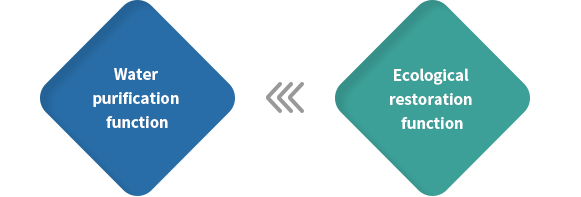
- Lots of area required
- Low purification efficiency
- Low construction cost
- High maintenance cost
- River ecology restoration
- Reduction of non-point sources
pollution.
Subsurface Flow Wetland
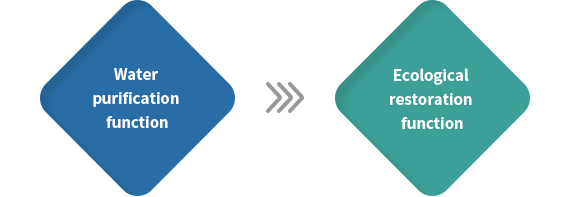
- High purification efficiency
- High construction cost
- Water purification wetland
- Small-scale sewage treatment
- Purification of polluted stream
- Reduction of non-point sources
pollution
Hybrid Constructed Wetlands → SNR Process
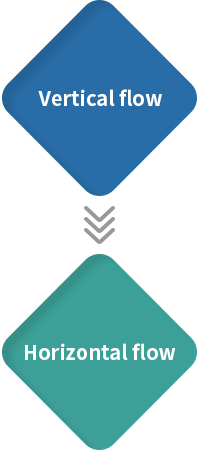
- Pore system with small structure at the top and large at the bottom
- unsaturated zone
- Accumulation on the surface of solid materials by surface distribution: easy to manage
- Smooth air supply: good for nitrification
- Aggregate arrangement according to the direction of water flow
- Long residence time: removal of organic matter and nutrients
- Excellent response to load fluctuations
- Simultaneous presence of aerobic/anoxic
- Anoxic zone: Biological denitrification
